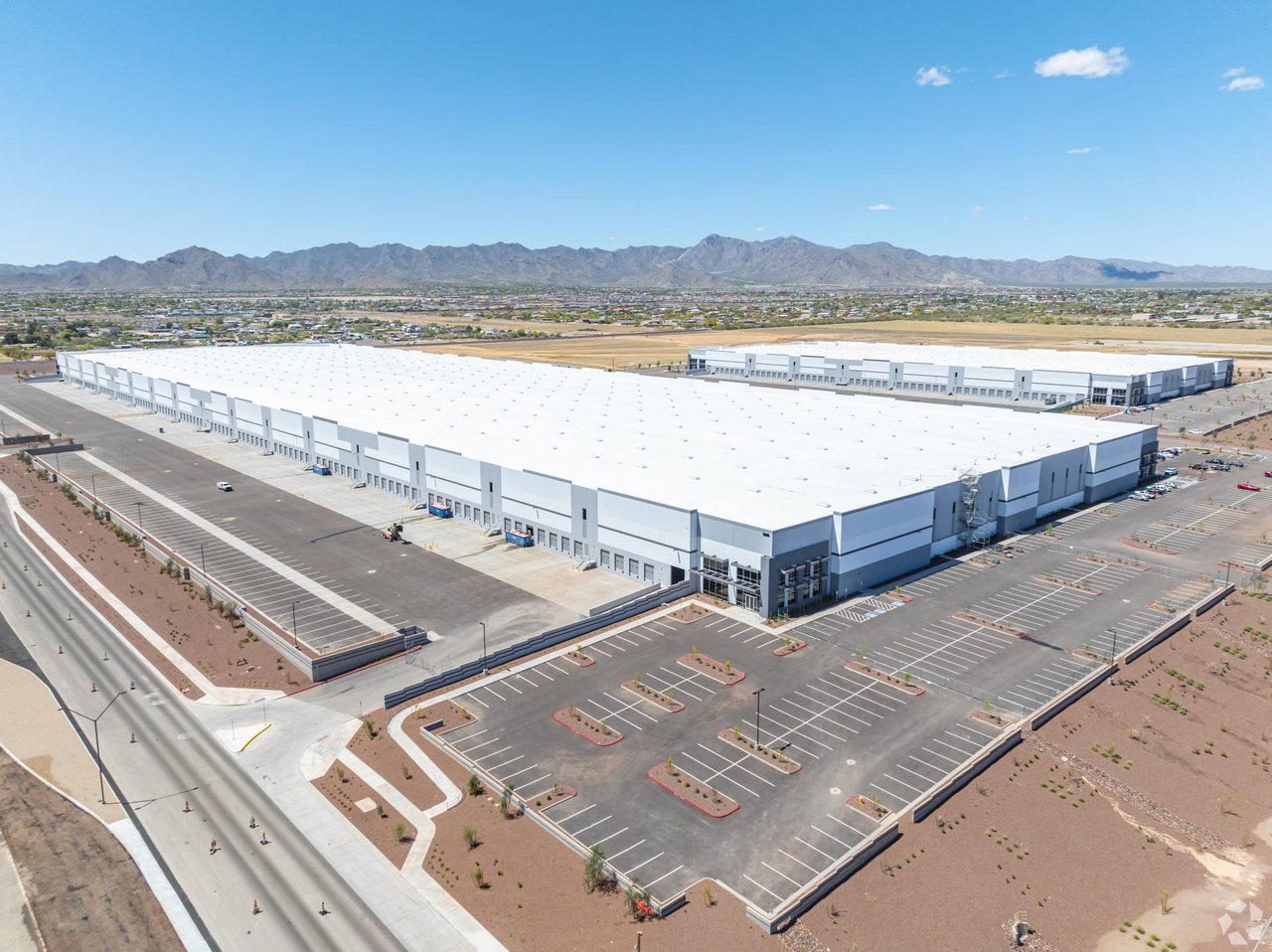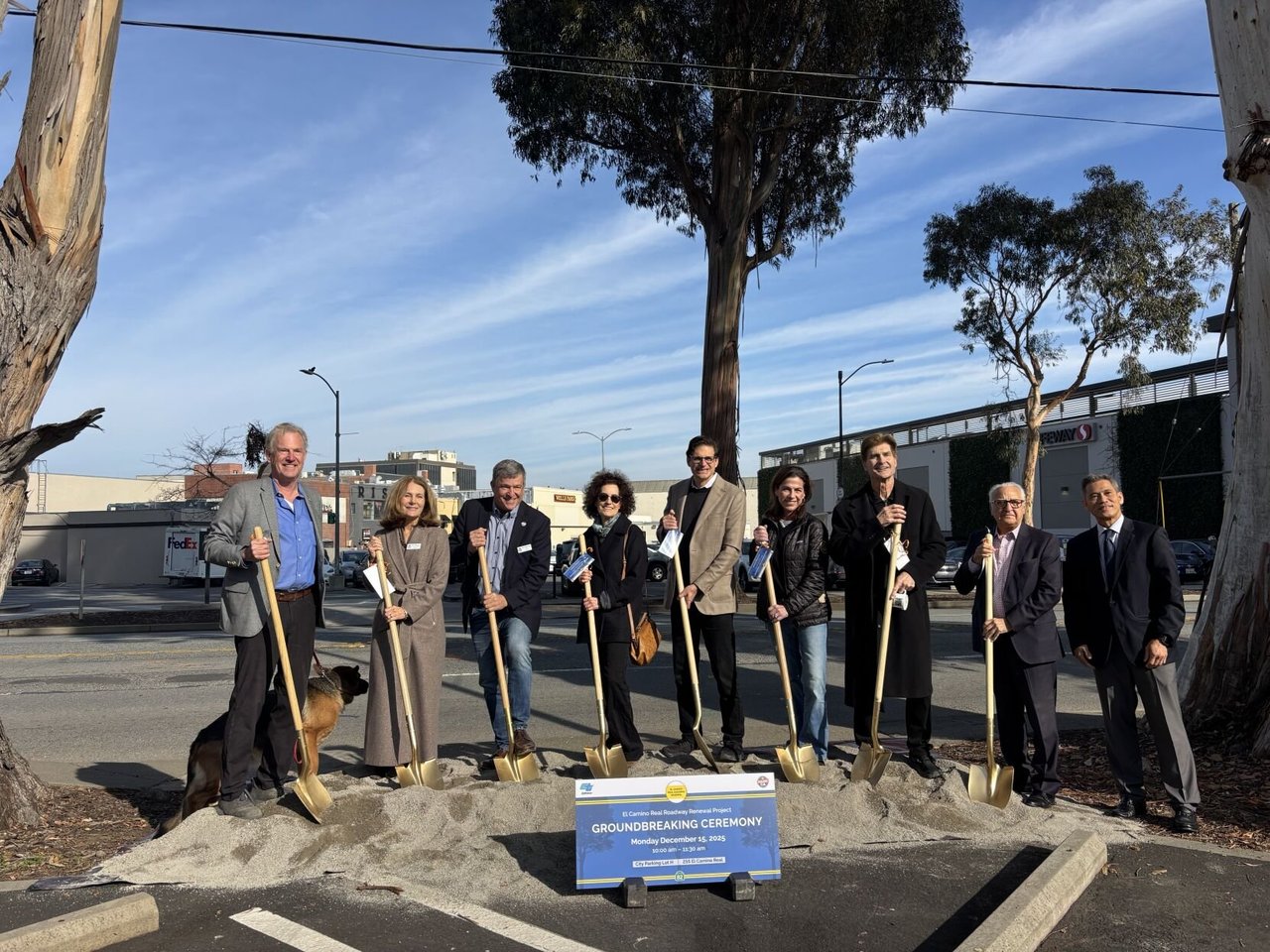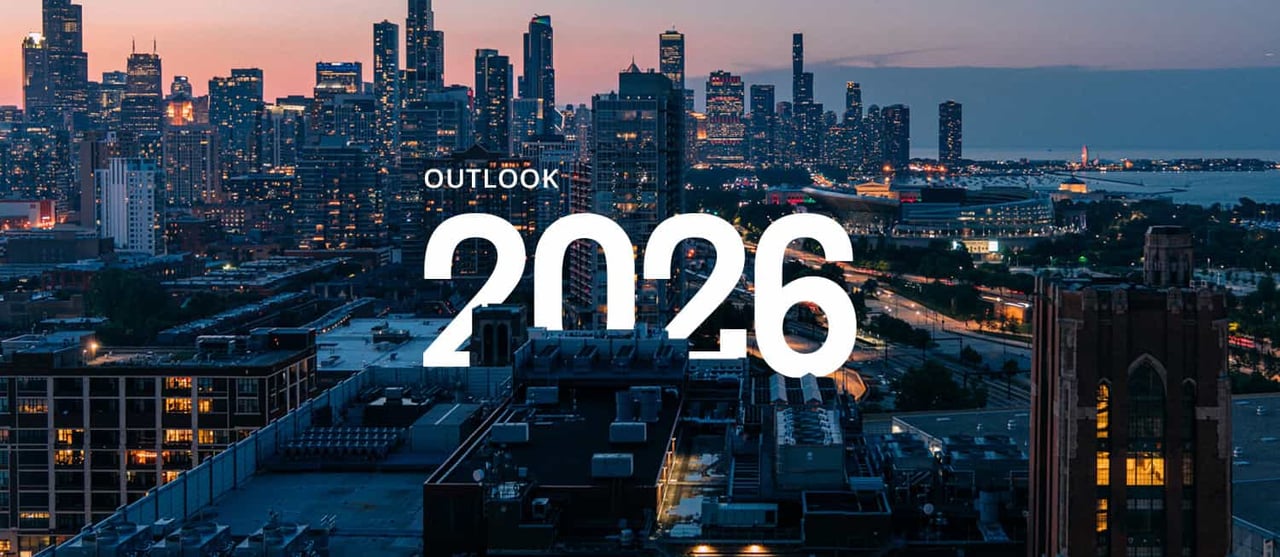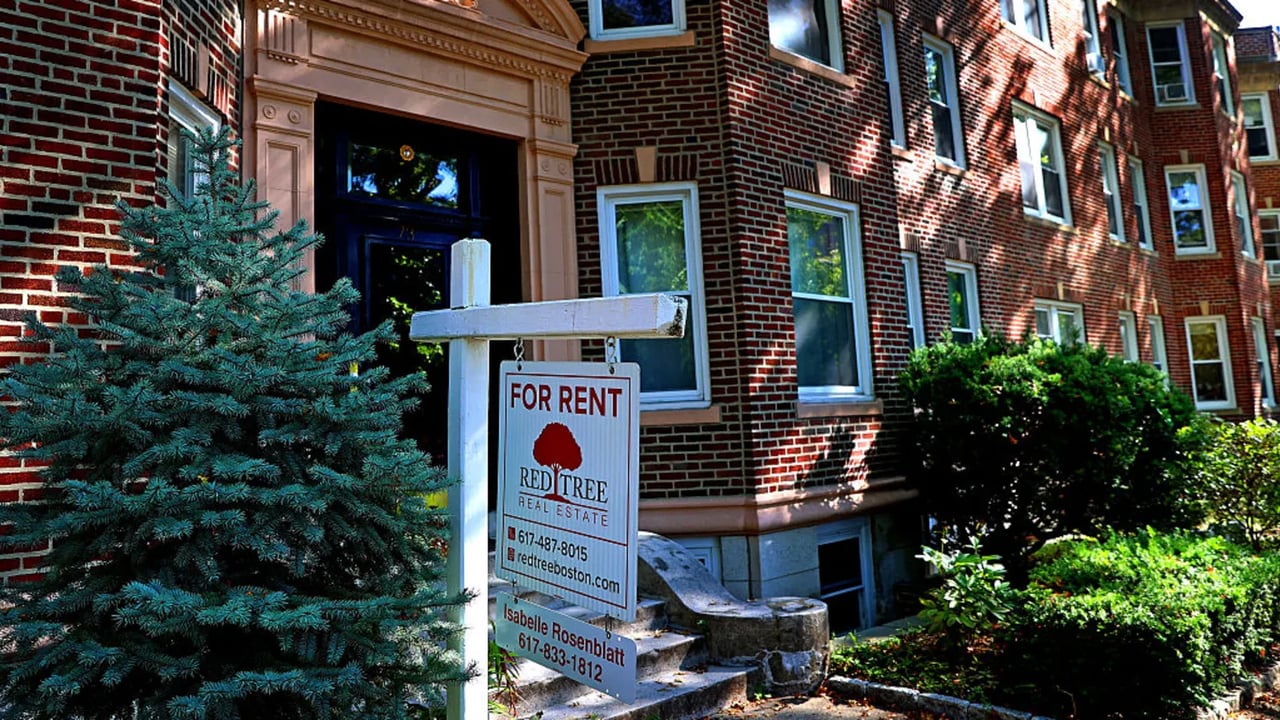North America’s largest warehouse tenant has spent the first part of 2024 re-accelerating its distribution capacity by leasing some of the largest industrial spaces available on the market.
So far this year, Amazon has signed at least six U.S. leases larger than 1 million square feet, already matching the number of leases for spaces that size signed by the company in all of 2023.
Just over two years ago on its first quarter 2022 earnings call, Amazon’s CFO Brian Olsavksy announced plans to reduce excess warehouse capacity that the e-commerce giant accumulated amid its rapid, mid-pandemic expansion, which sent shock waves through the industry. The recent string of large deals provides clear evidence that the company is reaccelerating growth in its distribution network, even as it keeps closing smaller, less efficient distribution facilities.

Amazon has put at least eight of its leased industrial spaces totaling 938,000 square feet up for sublease so far this year, according to CoStar data. At the same time, another 11 U.S. industrial spaces previously leased by Amazon have come on the market for direct lease so far this year, totaling 1.7 million square feet.
While Amazon may be in the process of negotiating renewals at some of these properties, the company continues to close some of its small and mid-sized facilities, a trend CoStar identified in 2022. More than 100 Amazon-occupied spaces that have become available for direct lease or sublease since the beginning of 2022. However, only one of these spaces was larger than 1 million square feet, a 2021-built distribution space northwest of Atlanta, that was listed for sublease in October 2023 but withdrawn from the market four months later.
Meanwhile, the average size of Amazon-leased spaces that have come on the market for direct lease or sublease during 2024 is 132,000 square feet, with 90% of these spaces smaller than 250,000 square feet.
Amazon’s recent reshuffling of its Phoenix area distribution network highlights the company's preference for larger, more-efficient spaces. During March 2024, the company signed three 10-year leases, each for between 1 million and 1.2 million square feet in brand new distribution centers with 40-foot ceiling heights in Phoenix’s West Valley. The first lease was for a 1.2 million square feet cross-dock facility in CRG’s The Cubes at Glendale. A few weeks later, Amazon leased 1 million square feet in Paloma Vista Logistics Center and another 1.2 million square feet in Prologis 303 Business Park.
That same month, the e-commerce giant listed two neighboring spaces for sublease in nearby Tolleson, Arizona, one measuring 222,000 square feet and the other 348,000 square feet.
Space for Advanced Sorting Tech
One factor behind the company’s emphasis on retaining and growing its network of million-square-foot facilities could be that these giant distribution facilities with high ceiling heights are best positioned to accommodate cutting-edge robotics and sorting technologies.
Three senior industrial tenant rep brokers from across the U.S. recently shared with CoStar that they have observed tenants increasingly focusing on distribution center automation, leading many to seek longer lease terms to justify initial capital investments spent on modernizing these facilities.
All six of Amazon’s largest leases signed this year have involved facilities located in the western half of the U.S. In addition to the three in Phoenix, the e-commerce giant signed two large leases in Southern California’s Inland Empire, completing 1 million-square-foot deals at Agua Mansa Commerce Center and LogistiCenter at Ontario Ranch, along with 1.2 million square feet in Stockton, about a one-hour drive from the San Francisco Bay Area.
Potential Labor Strife
The labor contract for the International Longshormen’s Association, which represents dockworkers of U.S. ports from Maine to Texas is set to expire in September 2024. This raises risks of potential strikes and supply chain disruptions at major East and Gulf Coast ports later this year.
In contrast, the International Longshore and Warehouse Union, representing employees at 29 West Coast ports stretching from California to Washington State, ratified a labor contract last August that will remain in effect through July 2028.
Amazon’s recent focus on expansions in Southern California and Arizona could be part of a strategy to help the e-commerce giant hedge against the risk of disruptions at East and Gulf Coast ports later this year by pre-emptively increasing its warehouse capacity near major West Coast ports.





